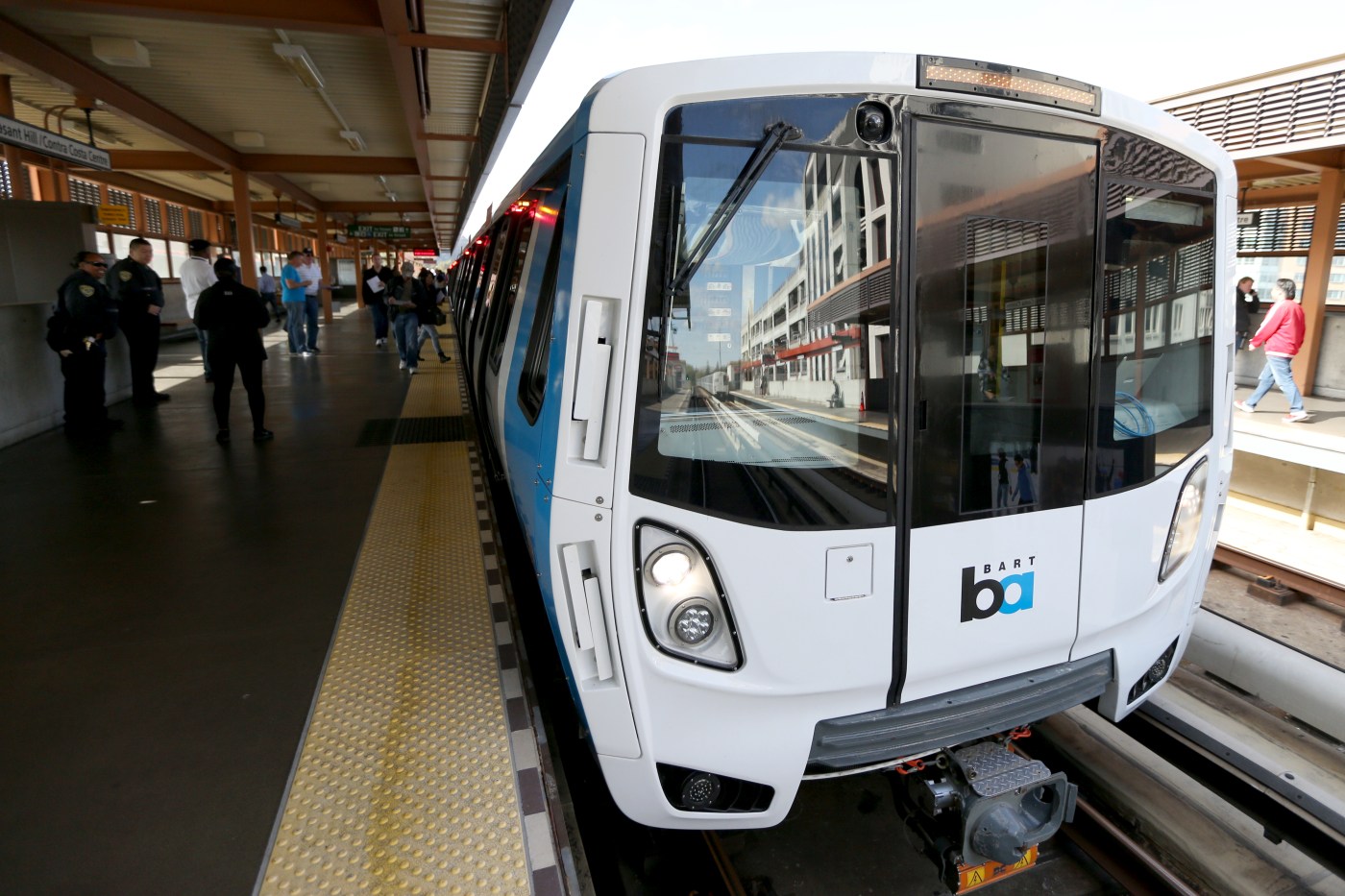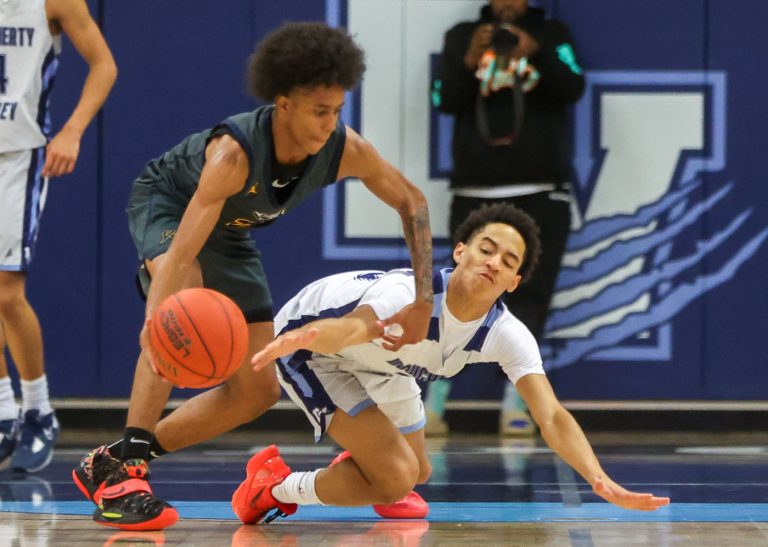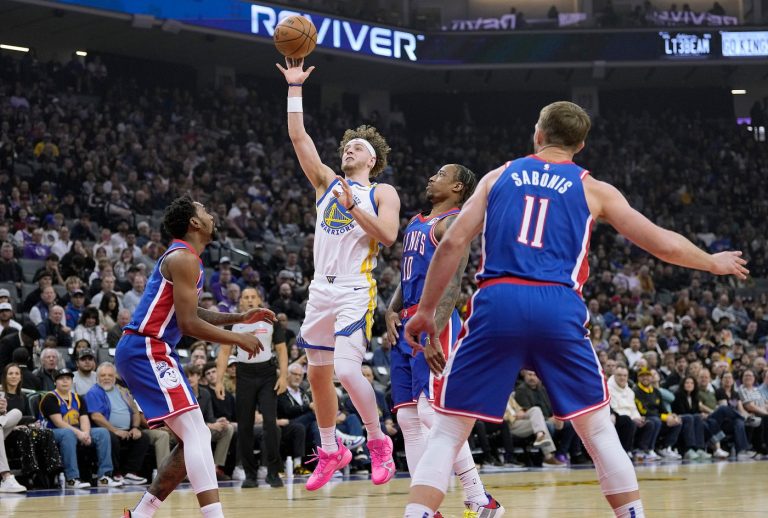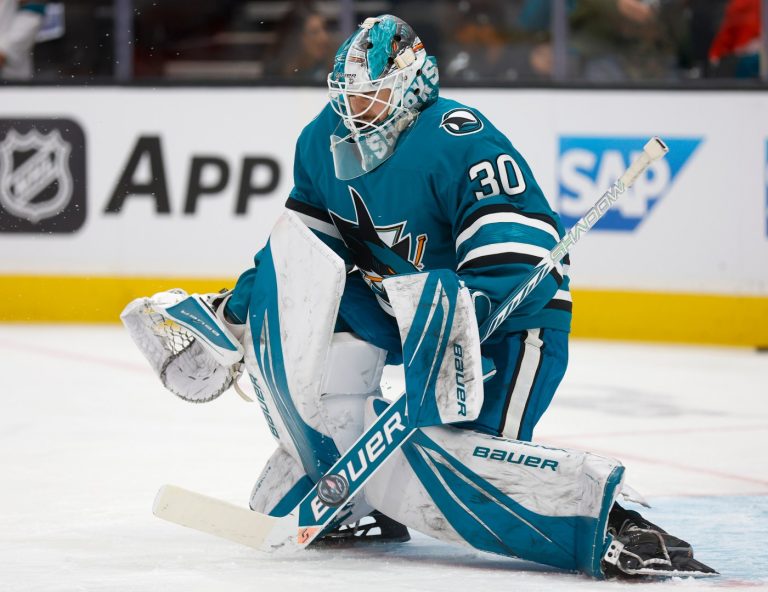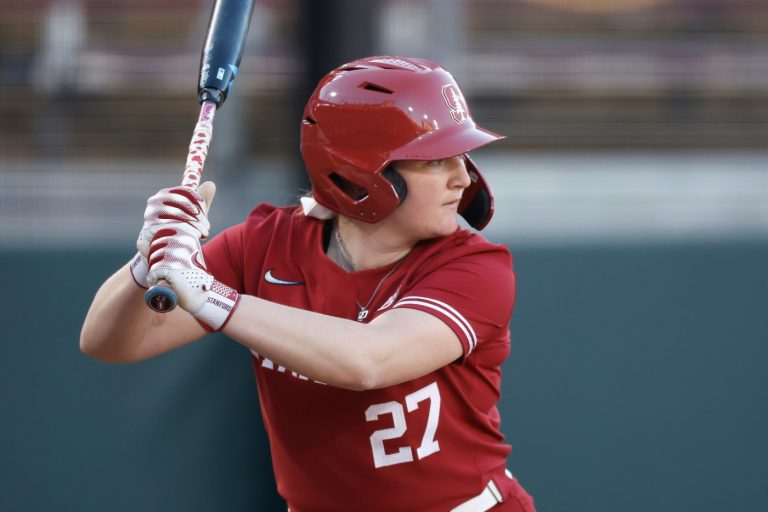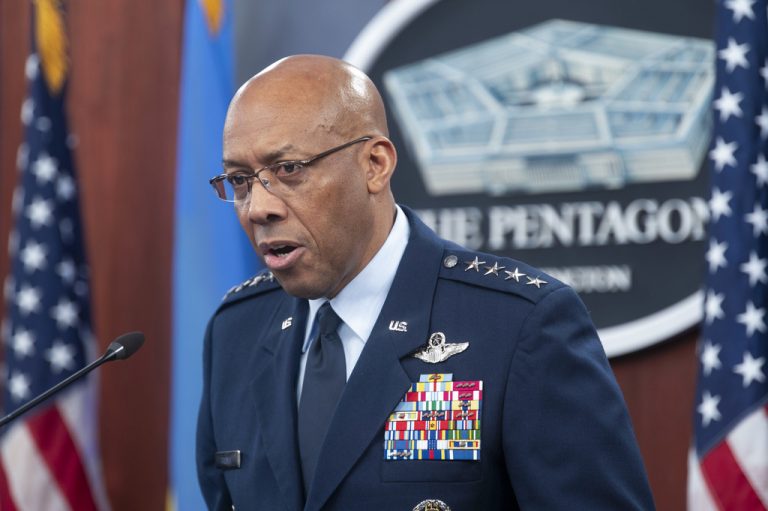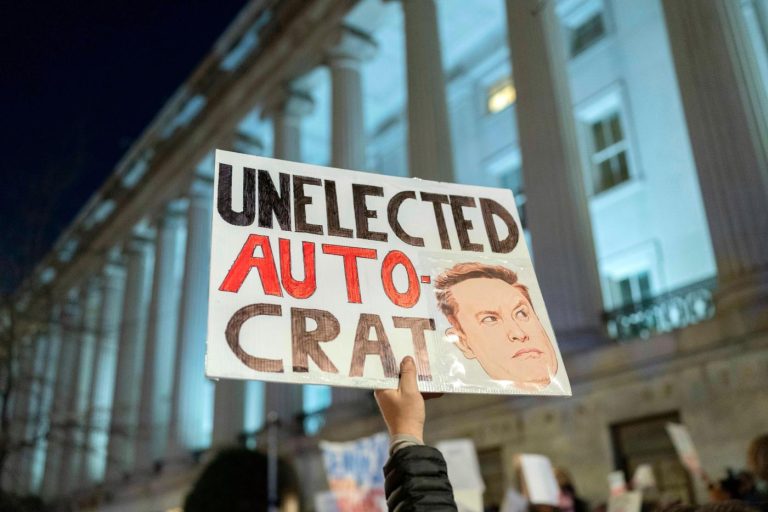After the Santa Clara Valley Transportation Authority learned last year that they would receive $5.1 billion in federal funds for the San Jose BART extension, the transit agency knew it needed to bridge a $700 million to $1.2 billion gap for the project to pencil out.
But six months later, VTA has identified a fraction of that amount in savings, leaving a gap of hundreds of millions of dollars.
Related Articles
Court case fuels VTA quest to grab prime San Jose site for BART stop
Woman struck with pipe, robbed of cell phone at East Bay BART station
All aboard the “Valentraine”: BART to hold Valentine’s Day speed dating event
BART safety push sees crime drop, ridership rise in 2024
Street closures in San Francisco to affect Muni routes during NBA All-Star Weekend events
The Federal Transit Administration announced in August 2024 that it would cover 40% of the cost of the $12.75 billion megaproject that will extend BART six miles, through four stations, from the Berryessa Transit Center in north San Jose through downtown to Santa Clara. The grant amount was less than the nearly $6.3 billion that transit officials were hoping for, sending them on a cost-cutting quest that so far has identified only $352 million in savings.
At a VTA committee meeting last week, Tom Maguire, the agency’s chief megaprojects delivery officer, said they’re currently looking at cost-saving measures that are within their environmental scope and project guardrails, but “do require significant redesign.”
Among the $352 million in savings that have already been identified are converting the 28th Street/Little Portugal station’s parking structure to surface parking and refining the design of several stations. VTA officials are currently examining another set of cost savings that they expect to have an estimate on by April, which includes evaluating concurrent tunneling with a smaller single-bore tunnel from the east and finding places to haul off debris at no cost.
San Jose Mayor Matt Mahan, who is the vice chair of the VTA Board of Directors, asked officials during the meeting to come back next month with a list of potential cost savings that go even further than what’s currently being examined.
“It seems clear to me that we’re going to need to expand the solutions space, and we really should be looking for savings across every line item in the project,” he said.
In a statement, VTA said that it’s exploring other non-local funding sources to bridge the gap and has established a task force of staff members and experts.
“The task force is reviewing various contracting packages and delivery methods to identify potential savings with its current and future contractors, particularly for the project’s major tunneling contract,” the statement said. “As part of this effort, VTA is engaging in industry outreach to assess market interest and further explore favorable contract terms that will help the project stay within budget and schedule.”
The cost to build the San Jose BART extension has been a point of contention for years as the price tag has grown from $4.4 billion in 2014. Repeated delays have also pushed back the anticipated opening date from 2026 to 2037.
The FTA made the $5.1 billion commitment to the BART extension under a Biden administration that made historic investments in infrastructure. But President Donald Trump’s inauguration last month has created uncertainty for transportation projects nationwide — especially in light of Elon Musk’s Department of Government Efficiency that is working to slash the federal workforce and cut spending across the board.
The $5.1 billion will come from the FTA’s Capital Investment Grants program, which has been a fairly stable source of funding that’s doled out by Congress. Trump, however, has already tried unsuccessfully to freeze funding that Congress has already allocated.
At a Feb. 6 Board of Directors meeting, lobbyists for the agency recommended that VTA wait for CIG projects from red states to go first in the pipeline before seeking to cash in their own full-funding grant agreement.
“We don’t want your project to be the first test case in the Trump administration,” Steve Palmer, the vice president for the governmental affairs firm Van Scoyoc Associates, told the board. “That is a terrible idea.”
The $5.1 billion will be the second-largest transit-related grant ever issued by the FTA, and cost-savings efforts that demonstrate VTA has gone over the project with a fine-tooth comb could boost the agency’s ability to obtain the money, the lobbyists advised.
Maguire, at the committee meeting the following week, agreed that there is “some wisdom in not being the first major project to apply” for the grant. Not getting the grant by January of 2026, though, could create some uncertainty, he said.
VTA will need to balance the project’s budget before it submits its application for the grant.
San Jose Councilmember David Cohen, who represents the northern part of the city and sits on the VTA Board of Directors, said that while he believes the wait-and-see approach is the right one, the Trump administration “isn’t acting in good faith.”
“Even if we do everything that we are supposed to do, it doesn’t necessarily mean that this current administration will do the right thing and meet their end of the bargain,” he told The Mercury News.
Cohen said he’s confident that VTA will be able to find the $700 million to $1.2 billion in savings, but they should also be prepared for any potential outcome.
Meanwhile, VTA is grappling with its own fiscal uncertainty, as well.
For the first six months of the current fiscal year, the agency has an operating deficit of $3.9 million that’s mainly been driven by labor costs and low sales tax revenues, according to Greg Richardson, VTA’s assistant general manager and chief financial officer. Sales tax revenues are about $19.9 million below what was budgeted for year to date, he told the board at the Feb. 6 meeting.
2000 Measure A and 2016 Measure B are both 30-year half-cent countywide sales taxes that VTA plans on utilizing to fund the BART project, with $2.5 billion from Measure A and $2 billion from Measure B. VTA officials have discussed drawing into those buckets further if needed.
In a statement, VTA said that both sales taxes are “vital funding sources” for the BART project and that officials will “present a detailed description of the potential impacts” to the board this spring.
“Sales tax revenues naturally fluctuate over time, with cycles of high and low years,” the statement said. “These variations are important considerations for VTA when conducting its financial projections.”
